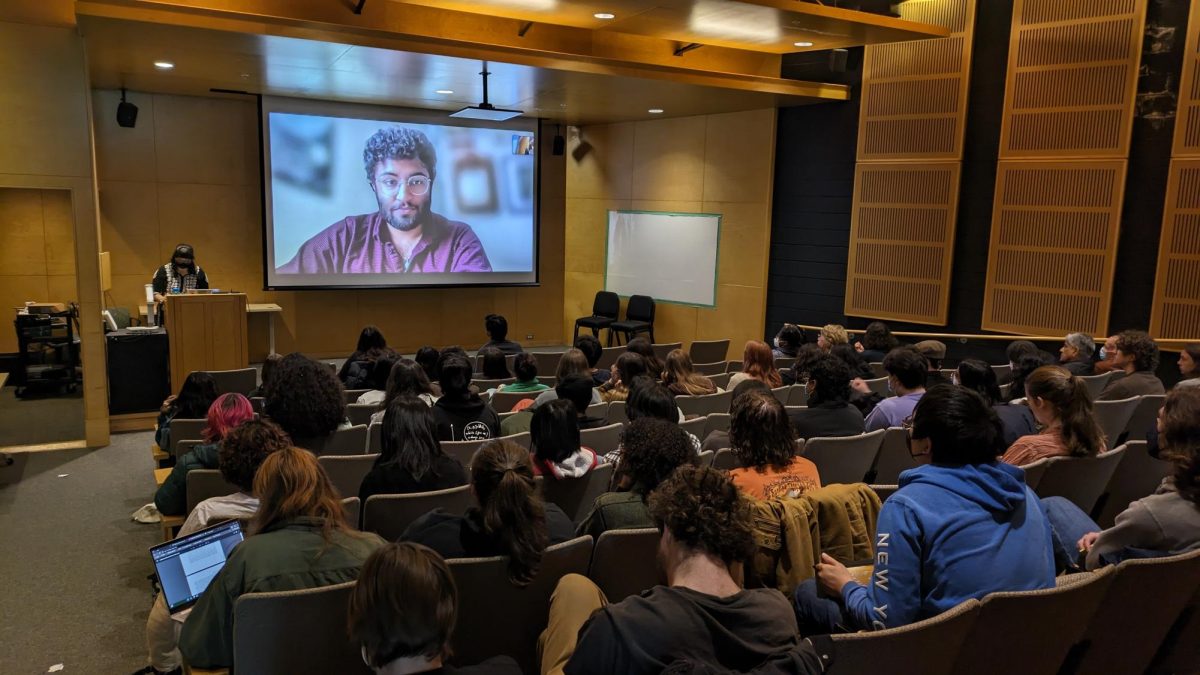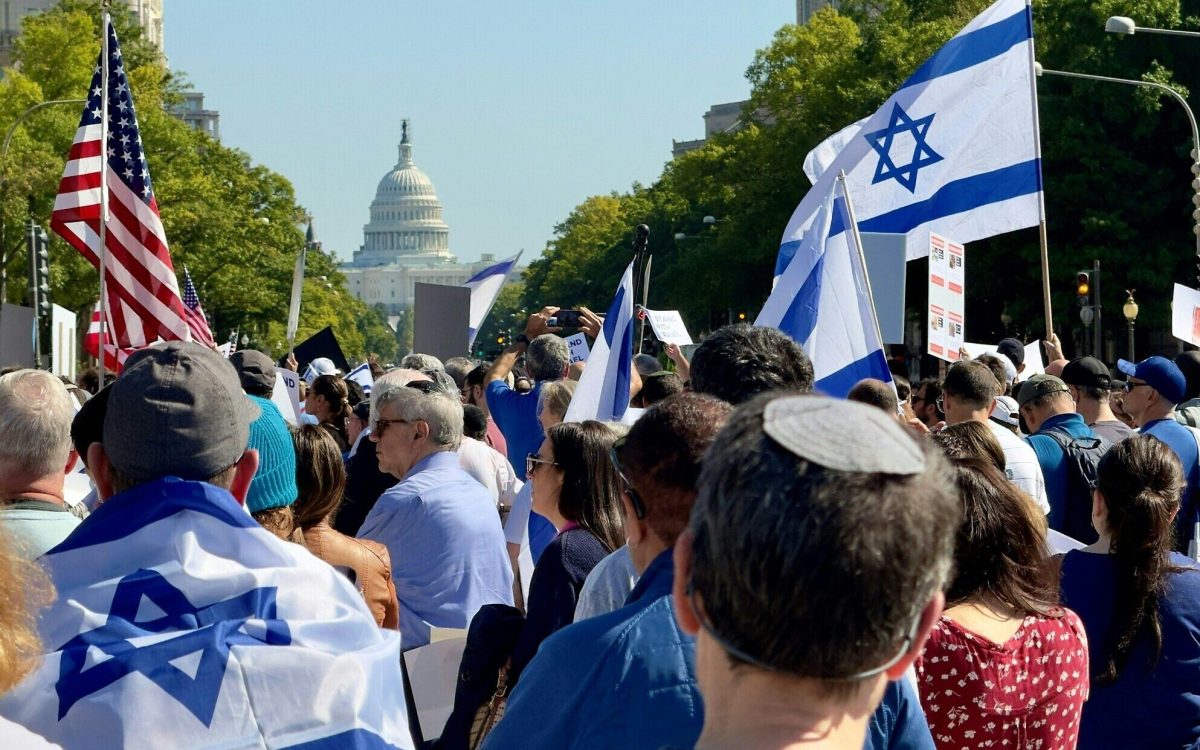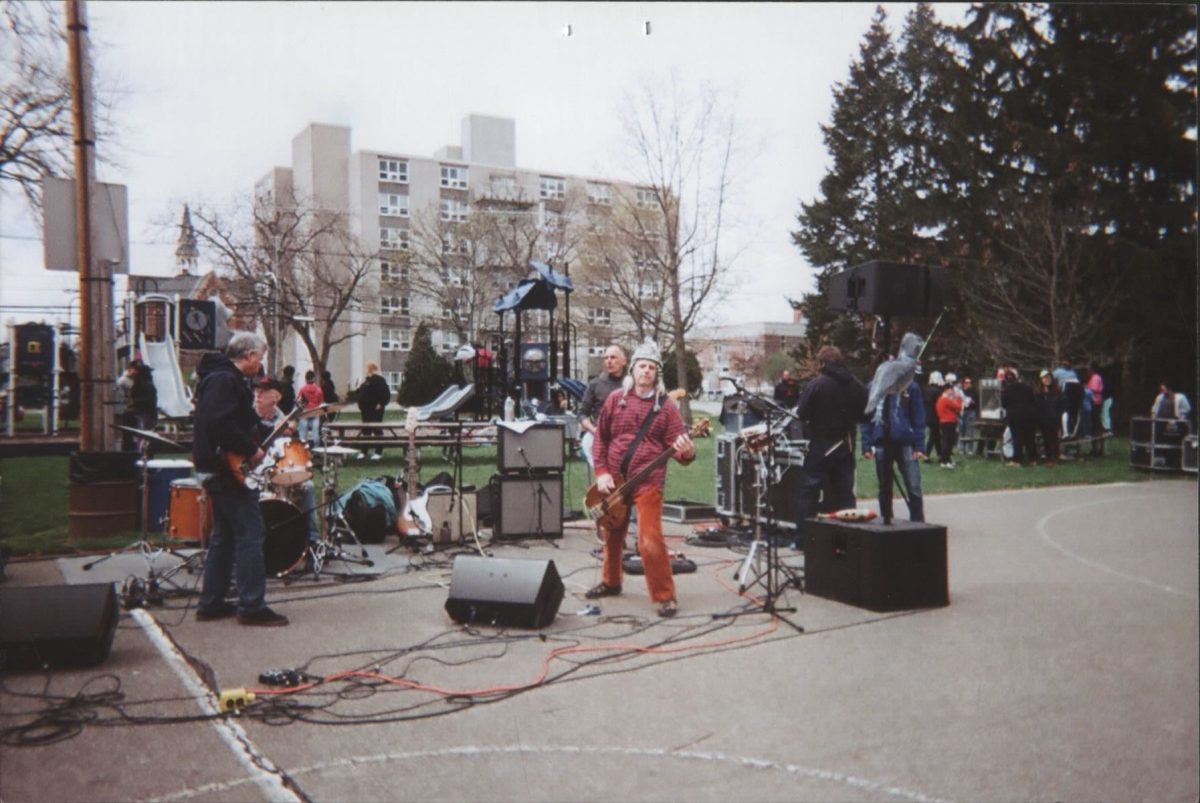U.S. Drone Strikes Fight Terror with Terror
November 8, 2013
Peace does not come from the barrel of a gun, however much those in power try to tell us otherwise. Missiles fired from U.S. drones, a constant and fear-inspiring threat for people living otherwise peaceful lives in northwest Pakistan, will never root out terrorism.
The death of Pakistani Taliban leader Hakimullah Mehsud on Nov. 1 was one of very few instances when a drone strike has made headlines. Mehsud, in his 30s, was a known enemy of both the United States and Pakistan. He claimed responsibility for an attempted terrorist bombing in New York City’s Times Square in 2010, and under his leadership the Pakistani Taliban, also called the Tehrik-i-Taliban Pakistan, posed a real threat to the Pakistani state.
On these grounds, justifying his death is easy — on the surface. Sadly, most American citizens and politicians only know about Mehsud. Less well-known is that last Friday’s confirmed death was not the first attempt on his life by a U.S. drone pilot, but the third — each with its share of collateral damage. And that Faisal Shahzad, the would-be Times Square bomber, claimed in court that the bombing attempt was, in part, retribution for the death of Batiullah Mehsud, Hakimullah’s predecessor. And, as reports confirmed on Thursday, that the TTP has elected Maulana Fazlullah as its new leader, the man responsible for the attempt on the life of activist and youngest-ever Nobel laureate Malala Yousafzai.
As U.S. drone strikes against the TTP continue, the TTP and its affiliates surge to meet the challenges they pose. Each death fuels the powerful organization’s cause, and each new leader is more aggressive than the last. While Mehsud had nominally agreed to peace talks with the Pakistani state, Fazlullah has made clear that these are out of the question. Mehsud was not a popular figure in Pakistan, yet widespread protests against his death have accused the U.S. of sabotaging these peace ef- forts and undermining the authority of Pakistan’s strained democratic government. His death came just a week after Pakistani Prime Minister Nawaz Sharif urged President Barack Obama to halt his drone program at a meeting in Washington.
Academics have also pointed out that the United States’s efforts to break down groups like the TTP from above only end up splinter- ing them, giving rise to well-trained groups like al-Qaida in the Arabian Peninsula, a tar- get of US drone attacks in Yemen. Drones, furthermore, are a frequent rallying point for the TTP: they heighten anger at the United States government, which the TTP then uses to swell its ranks.
And, of course, there are the casualties. Figures vary, with both the Pakistani and American governments downplaying civilian deaths, but outside sources have placed their estimates from several hundred to several thousand reported deaths since the drone program’s start, about half of these children. Thousands more have been injured, often requiring expensive medical treatment that is hard to come by, as was the case with Nabila and Zubair Rehman who testified at a Congressional briefing in Washington in October. The young children’s grandmother, a village midwife whose son was a schoolteacher, was killed a year previously by a drone that struck the family’s peaceful village in North Wa- ziristan, one of the tribal agencies of northwest Pakistan. Their story, featured among several others in a new documentary by filmmaker Robert Greenwald, is not unique.
The best case scenario — perhaps idealistic, from an American perspective — would be for Americans and their elected representatives to recognize and reverse the unconscionable damage their country’s drone attacks are inflicting upon innocent human beings and their livelihoods.
The very least that we as Americans must do, though, is to realize that drones are helping nobody. It is in the best interest of all Americans to call upon their elected repre- sentatives to change the course of a horrific war on terror that is only fueling terrorism’s fire.














